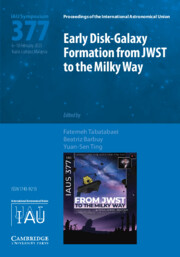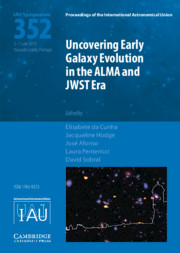Chemical Abundances in the Universe (IAU S265)
IAU Symposium 265 presents a unified picture of nucleosynthesis, the production of chemical elements over cosmic time. It explains how this chemical evolution links together the early Universe of the first stars, through the formation of galaxies and their diverse populations of stars, to a Universe of heavy-element rich stars and planets. The first generation of massive stars that drove reionization left their chemical signatures imprinted in the oldest low-mass stars, which we observe today. Chemical evolution is a broad, diverse and rapidly evolving field, due to the ever-expanding capabilities delivered by new arrays of instruments on large telescopes, together with significant advances in modelling and increasing access to large and accurate nuclear, atomic, and molecular databases. Written for researchers and graduate students, the topics covered in this volume provide a comprehensive overview of the scientific progress achieved in recent years.
- Provides an up-to-date summary of nucleosynthesis in the Universe
- Explains how this chemical evolution links the early Universe of the first stars to the existence of planets
- Presents a comprehensive overview of the scientific progress achieved in recent years
Product details
No date availableHardback
9780521764957
496 pages
255 × 178 × 25 mm
1.04kg
228 b/w illus. 33 tables
Table of Contents
- Preface
- Session 1. Primordial nucleosynthesis and the first stars in the Universe
- Session 2. First stars in the Galaxy
- Session 3. Chemical abundances in the high red-shift Universe
- Session 4. Chemical abundance constraints on mass assembly and star formation in local galaxies and the Milky Way
- Session 5. Extrasolar planets: the chemical abundance connection
- Session 6. Abundance surveys and projects in the era of future large telescopes
- Author index.







